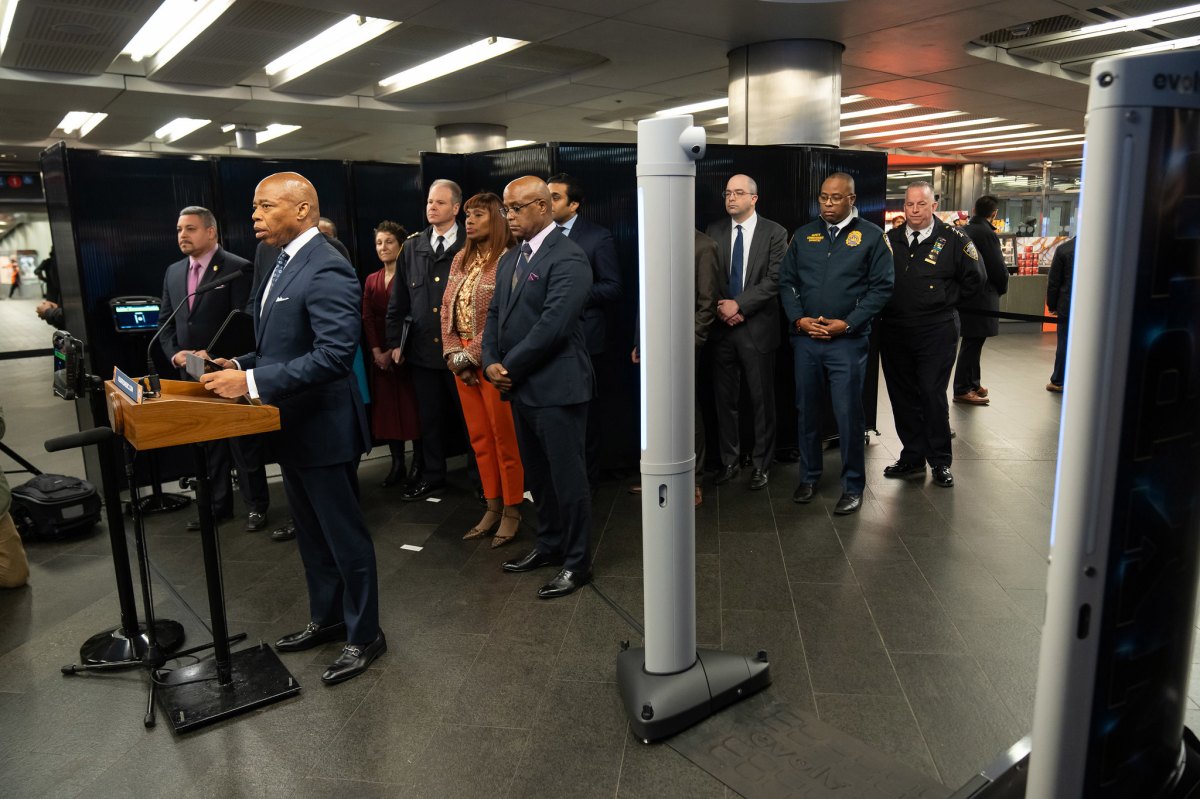October is more than trick or treating, raking leaves and watching football. It is also National Domestic Violence Awareness Month - a time to focus on the issue and what we can do to help prevent it.
So, what can we do? We can talk to family and friends about violence-free, healthy relationships, we can reach out to colleagues who may need help, and we can remind people of the resources and information available in our communities.
We also can make sure our kids know that the same phone that keeps them connected might also be used in damaging ways.
Excessive calling or texting could be early signs of abuse in a relationship. Understanding these warning signs, and letting kids know that it’s okay to not answer the phone or respond to harassing messages is a good start in preventing abuse before it escalates.
We also can donate no-longer-used wireless phones to help victims of domestic violence. If you are upgrading your phone, donate your old one to the Verizon Wireless HopeLine phone-recycling program.
The company collects no-longer-used wireless phones, batteries and accessories in any condition from any wireless service provider in Verizon Wireless Communications stores throughout the country.
The proceeds are used to provide domestic violence survivors with new phones, providing reliable safe, connections to advocates, family and friends as they rebuild their lives. Phones that cannot be refurbished are sold for reuse or disposed of in an environmentally sound way.
Nationally, HopeLine has collected more than 4.2 million wireless phones, and given more than $4 million in cash grants and nearly 40,000 phones to domestic violence prevention organizations in the New York metro region.
This October, and during the upcoming holiday season, while you are buying the latest wireless device, please remember to donate your old phone to HopeLine.
It takes just a few easy steps to make a big difference in someone’s life.
Charles Hand is President, New York Metro Region, Verizon Wireless.
Fire – Make it personal
BY JUDY COMOLETTI
It is practically impossible to read the newspaper or watch the local television news without learning about a fire that has destroyed a property, maimed someone or even claimed a life.
Fire Prevention Week - October 7-13 - is the perfect time to take a few moments to review fire prevention and safety guidelines. This year’s theme focuses on home fire escape planning and urges everyone to Practice Your Escape Plan!
What could be more personal than having tragedy strike in a place where many people feel the safest – their home? In 2006, 80 percent of the people that died in fires in the United States were lost because of home fires, according to the National Fire Protection Association (NFPA).
A poll conducted for the NFPA showed that only 23 percent of households have developed and practiced a home fire escape plan. Although many households reported having a plan, the majority had not practiced it. Practicing a home fire escape plan is extremely important; if a fire occurs, there may be as little as two minutes to escape. Having an escape plan in place that has been practiced will save precious moments and make it more likely that occupants of a home will be able to get out alive.
Start by making sure that smoke alarms are installed inside each bedroom and outside each sleeping area on every level of the home. Maintain smoke alarms and test them once a month. Being alerted to a fire is the first step in being able to escape from one.
Create a home fire escape plan that identifies two ways out of each room and a family meeting place outside. Make sure the plan allows for specific needs in the household such as the fact that children and some adults may not awaken to the sound of a smoke alarm and may need help waking up.
Be prepared to act: If the smoke alarm sounds, go to the closest exit. If there is smoke on the way out, turn and use the second way out. If exiting through smoke, get low under the smoke on the way to the exit. Move quickly, but stay calm.
To learn more about fire prevention and safety, visit https://www.firepreventionweek.org or https://www.nfpa.org.
Judy Comoletti is assistant vice-president of public education for the National Fire Protection Association.
































